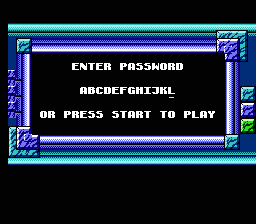Anyone can post anything on any Wiki, subject to a few access control restrictions (such as requiring registration). Stuff can just as easily be deleted but it will show up in an article’s history. I have always wondered what happens when someone enters something controversial that must subsequently be removed. Wiki never forgets.
I visited the XentaxWiki recently and noticed there was a problem with a resource format called BXP from a game called 3D Sex Villa. The article’s content currently states:
Off display pending decision on legal status of information.
The article’s talk page contains some legal wrangling brought on my the creators of the format. Regardless, the original technical format information can be unearthed through the article’s history, viewable by anyone who understands basic Wiki.

